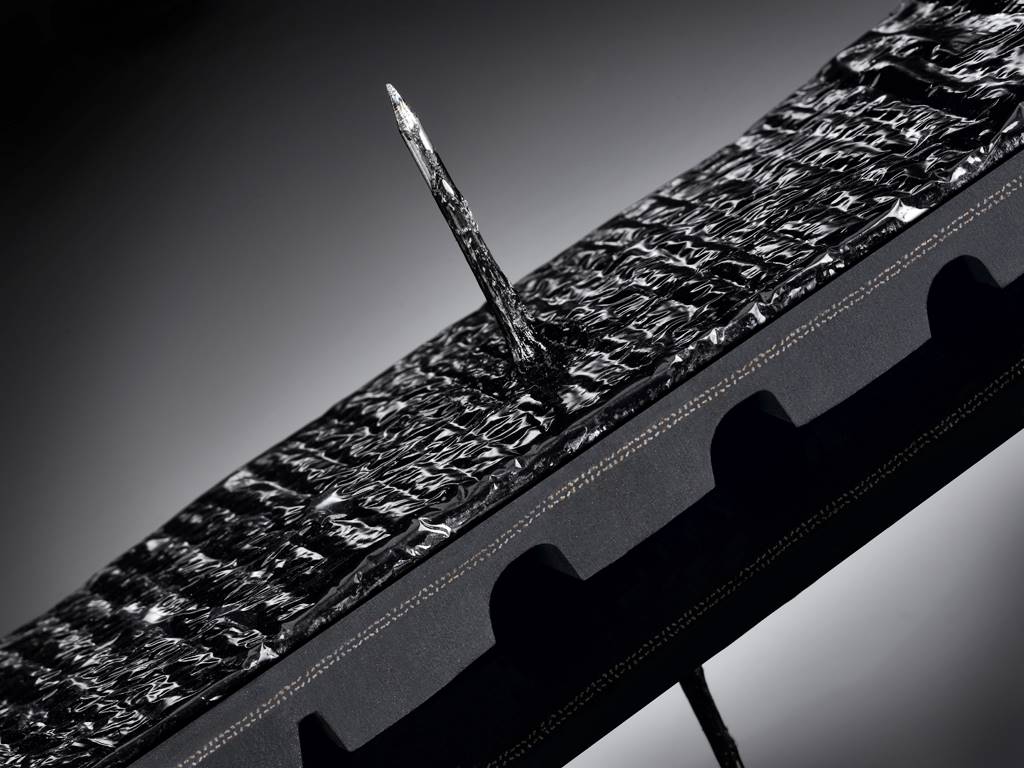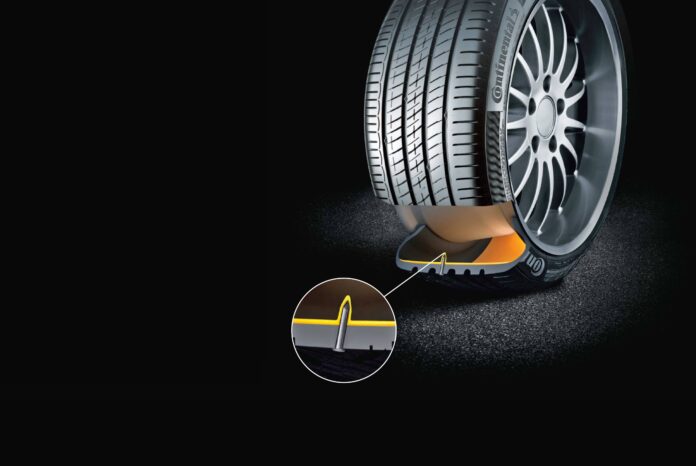Before the pneumatic tyre was invented in the middle of the 19th century, tyres were made of solid rubber which made the ride on carriages rather bumpy. When the pneumatic tyre became available, its air-filled concept made for a more comfortable ride as the tyre could compress over rough spots. However, pneumatic tyres had one problem: unlike solid rubber tyres, the pneumatic tyre could lose air if a sharp object penetrated its casing or a sharp rock cut deeply.
This drawback of pneumatic tyres remains to this day but has been ‘tolerated’ because of the comfort and other advantages of the tyres. The solution was to provide a spare tyre which could be used to replace a punctured one.

Nevertheless, much research has been done into making tyre casings more resistant to punctures with new materials, as well as advanced designs and technologies.
Having a puncture is obviously a great inconvenience to the motorist. It means a sweaty time jacking up the car, taking out the wheel and then installing the spare tyre in its place. Thankfully, with tyre technology making the casings tougher, the incidence of punctures is less common but can still happen.
One approach taken by tyremakers has been to seal the tyre if there is penetration by a sharp object. This will enable the driver to at least continue to a tyre shop or somewhere safe to change the tyre.

Among the companies with self-sealing technology for tyres is Continental, which introduced it in 2003. With this technology, there can be immediate sealing of 80% of all punctures, and 99.9% of punctures up to 5 mm in diameter as they occur.

This is achieved by a sealant layer inside the tyre which tightly wraps around the object that penetrated to prevent air from leaking out. The layer will also close up the hole if the object happens to drop off, thus still preventing air leakage.
Through a vulcanisation process, ContiSeal tyre’s durability and elasticity are enhanced, resulting in reduced cavity noise up to 3 dB through its minimised mass space within the tyre.
Over two decades, ContiSeal technology has thousands of motorists when a puncture has occurred. It contributes to driving safety as there won’t be a sudden loss of air leading to the tyre flattening and losing grip. And, of course, no need to pull over to change the tyre.
Unlike run-flat tyres that allow continued driving even when the tyre has lost air, Continental says that its technology allows tyres to perform like standard tyres without sacrificing comfort and require no specific vehicle modifications. There is also no limitation on speed or distance that can be travelled after a puncture, an advantage of run-flat tyres as well as those skinny space-saver/emergency tyres.

Due to its effective self-sealing ability, many drivers may not notice any change in the tyre’s behaviour after a puncture or sharp object has penetrated a ContiSeal tyre. Continental therefore recommends using a Tyre Pressure Monitoring System (if it is not already installed in the car) to monitor any tyre pressure drop.
The tyremaker also recommends regular tyre checks at tyre shops to spot any damage that may be masked by ContiSeal. This is particularly important as moisture can enter the tyre through any puncture, which could potentially damage its internal structure.

With the value of ContiSeal technology proven, the technology is now being offered in a wider range of Continental tyres in the Malaysian market. The technology has been extensive tested in local conditions and is unaffected by environmental factors. Its service life is claimed to exceed that of the tyre itself, providing continuous protection throughout the tyre’s lifespan.
While self-sealing tyres may be more expensive initially, it is cost-saving and time-saving for car owners in the long run. There is no need to call for towing services nor change tyres when a puncture occurs.

Furthermore, Continental guarantees ContiSeal under their standard manufacturing warranty; in the event of any defect of sealing performance for puncture within 5 mm (in the tread area), a pro-rated warranty reimbursement will be provided.
In addition, by purchasing the ContiSeal tyres, motorists can also benefit from the Total Confidence Plan (TCP), which provides a 1-to-1 replacement for unexpected road damage within the first year, with claims easily managed through the Conti TCP app.
Continental aims to fully incorporate the ContiSeal technology by the end of July 2024 across the UltraContact UC7, PremiumContact C and UltraContact UC6 SUV ranges, in sizes ranging from 16 inches to 20 inches.



